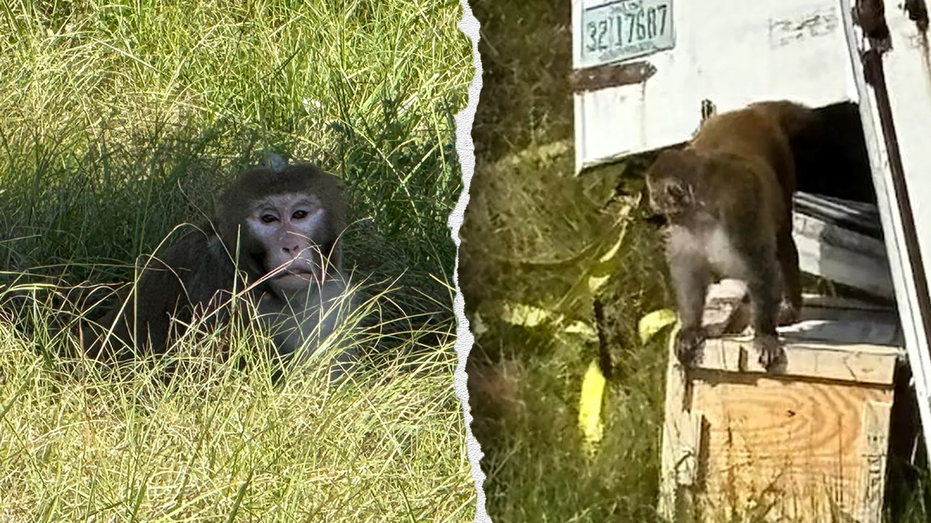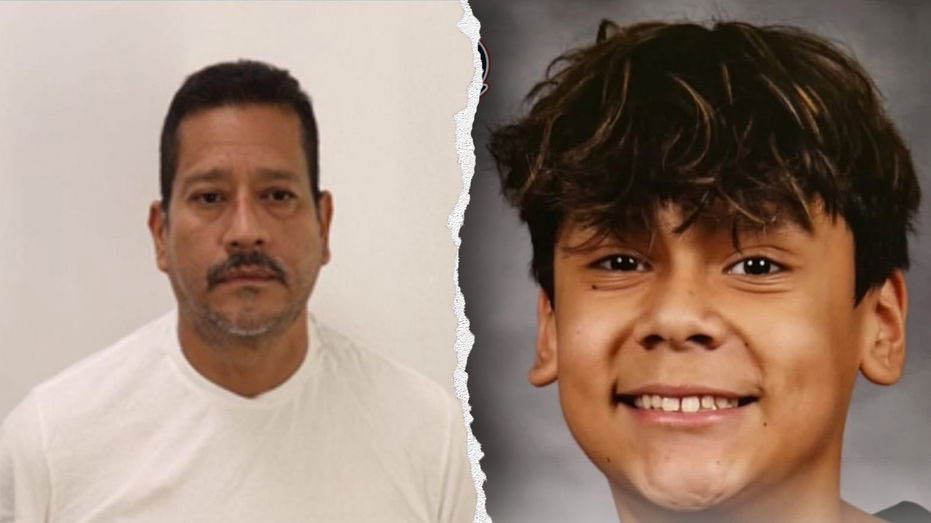A chilling scene unfolded on a Mississippi interstate – a truck carrying research primates lay wrecked, and monkeys were on the loose. Not just a few, but three remain unaccounted for, sparking fear and raising unsettling questions about the secretive world of animal research.
Initial reports painted a grim picture. The truck driver warned authorities these weren’t ordinary animals; they were aggressive, potentially dangerous, and required specialized handling. Five of the forty-pound primates were “eliminated” by local law enforcement, a stark and immediate response to a rapidly escalating situation.
But the university involved, Tulane, quickly countered the initial alarm. They asserted the monkeys were recently examined, pathogen-free, and posed no immediate disease risk. This contradiction fueled a growing sense of unease and a demand for transparency.
The circumstances surrounding the transport remain shrouded in secrecy. Thirteen monkeys survived the crash and are now with the owner, heading towards an undisclosed destination. Legally binding contracts, officials claim, prevent the release of any identifying information, citing both animal safety and proprietary concerns.
However, a watchdog group, the White Coat Waste Project, alleges a far more disturbing reality. They claim this incident is a direct consequence of a controversial, multi-million dollar program funded by the National Institutes of Health (NIH). A program they describe as breeding, torturing, and transporting primates for often questionable experiments.
The organization paints a harrowing picture of Tulane’s primate facility: thousands of monkeys confined to tiny cages, deliberately infected with deadly pathogens like anthrax, monkeypox, and even viruses similar to AIDS. The allegations are deeply unsettling, hinting at experiments pushing the boundaries of ethical conduct.
Recent claims suggest experiments at the facility have included the surgical attachment of human nipples to male monkeys – a detail that has ignited outrage and demands for immediate investigation. Despite promises of reform, funding for this research continues to flow.
The situation is further complicated by legal hurdles. A court injunction currently prevents the immediate termination of the Tulane grant, despite calls to shut down these facilities and relocate surviving primates to sanctuaries. The argument centers on a simple, yet powerful idea: stop the funding, stop the alleged abuse.
Adding to the complexity, animal rights groups like PETA are demanding full autopsies and veterinary records for the monkeys killed in the crash, arguing that public health is at risk. They allege Tulane’s primate colony harbors a host of dangerous diseases, and the secrecy surrounding the transport is a deliberate attempt to conceal the truth.
Tulane maintains it was not responsible for the transport, ownership, or custody of the monkeys at the time of the accident, sending a team of experts only to assist. Yet, PETA insists the responsibility for assessing potential zoonotic risks – diseases transmissible from animals to humans – lies squarely with Tulane and the Centers for Disease Control and Prevention (CDC).
The CDC has been urged to acknowledge its role and increase transparency, as concerns mount about the potential for hidden pathogens within U.S. primate facilities. The investigation is ongoing, involving multiple agencies, and the fate of the remaining escaped monkeys remains unknown. The incident has ignited a fierce debate about the ethics of animal research and the need for greater accountability.
Authorities are working with animal disposal services to manage the aftermath, but the questions linger. This crash isn’t just about escaped monkeys; it’s about a hidden world of research, funding, and the ethical implications of experimenting on primates.






